One of hip hop’s brightest new stars has released his anticipated debut album. Compton-born rapper Kendrick Lamar has built quite a buzz over the past few years leading to the release of his album good kid, m.A.A.d city.
The subtitle of the album is “A Short Film by: Kendrick Lamar,” which is the perfect description of the album overall. It is a sonic film. From the opening track, “Sherane aka Master Splinter’s Daughter,” you get a firsthand glimpse of Kendrick’s storytelling ability. The song sets the scene for the rest of the album. A 17 year old Kendrick borrowing his mother’s van to meet with his girlfriend and from there the tone spins into much darker territory. The end of the song is interrupted by a quite comical voicemail from his mother and father calling about the whereabouts of her car.
The story then turns to Kendrick and his friends driving around South Central Los Angeles, which perfectly fits into the next song “Backseat Freestyle.” The loud, braggadocios song acts as Kendrick acting out with his friends, and it is one of the many highlights of the album to its radio-ready sound, yet it holds a deeper meaning to the grand scheme of the album.
The next song “The Art of Peer Pressure” is where the tone begins to turn dark. The dark, ominous beat blends well with Kendrick’s lyrics about him and his friends engaging in numerous criminal activities. But throughout the song, Kendrick is battling with himself as the night progressed. He continuously repeated the lyric “I never was violent, until I’m with the homies,” which signifies his battle with his own peer pressure.
The next two songs “Money Trees” and “Poetic Justice” act as fillers for the album yet move the story along at the same time. “Money Trees” tells tales of striving for money in today’s world and is an expansion of the previous skit in between the songs. “Poetic Justice” will probably be the next radio single to be released, and it sounds like it. The song features a sample of Janet Jackson’s “Any Time, Any Place,” along with a quality verse from Drake. The story progresses at the end where we hear a skit where two men rob Kendrick in his mother’s van.
The next songs “good kid” and “m.a.a.d city” effectively move the story along as they tell the same story in two different ways. “good kid” is more of a romanticized look at a violent city, while “m.a.a.d city” is a much more aggressive and raw description. What makes “m.a.a.d city” more effective is the fact that it is a raw description of Compton, California and it doesn’t hold back.
The most complex song on the entire album comes in the 12 minute personal soliloquy “Sing About Me, I’m Dying Of Thirst.” The song acts as a personal look that gives you a deeper sense of what the album means and his hopes for his future. It also looks into his own problems and struggles in his life. The end of the song features a skit where a woman approaches a group of young men and leads them in a prayer. Whether the song is really about him remains a mystery, but it stands as the highlight of the entire album.
The ending of the album comes with the song “Real,” which looks at what being “real” in today’s world really means. The end of the song features an elongated voicemail from Kendrick’s parents where they send their well wishes and small anecdotes to their son. The last song, “Compton,” featuring Kendrick’s mentor Dr. Dre is the coronation. It is the end credits to this sonic film.
The album tells a story in an effective and complex way that will keep you listening for years to come. The details in each song, the production, along with Kendrick’s phenomenal storytelling ability separate it from the others. good kid, m.A.A.d city is a classic hip hop album, and should be respected as such.
(This article headline spelling of the word ‘classical’ has been corrected.)



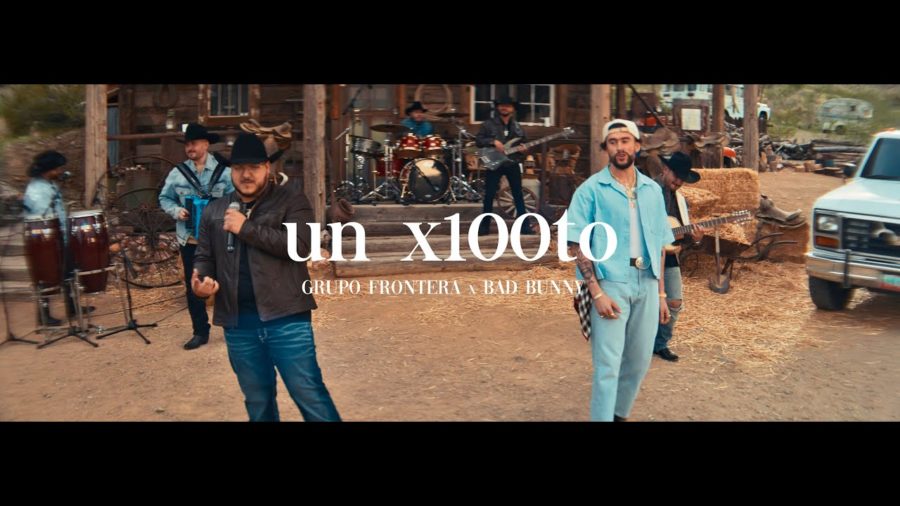


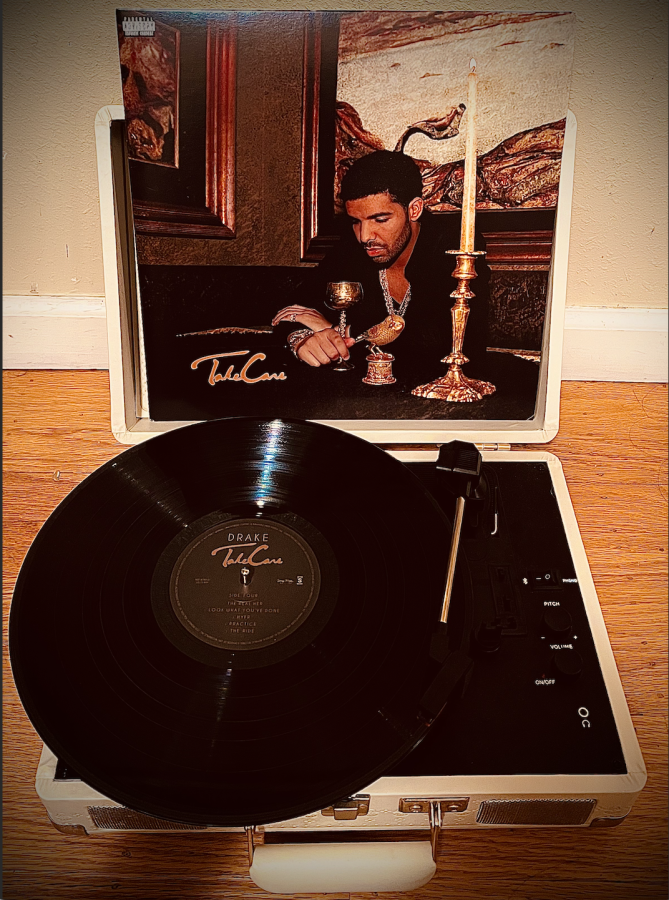
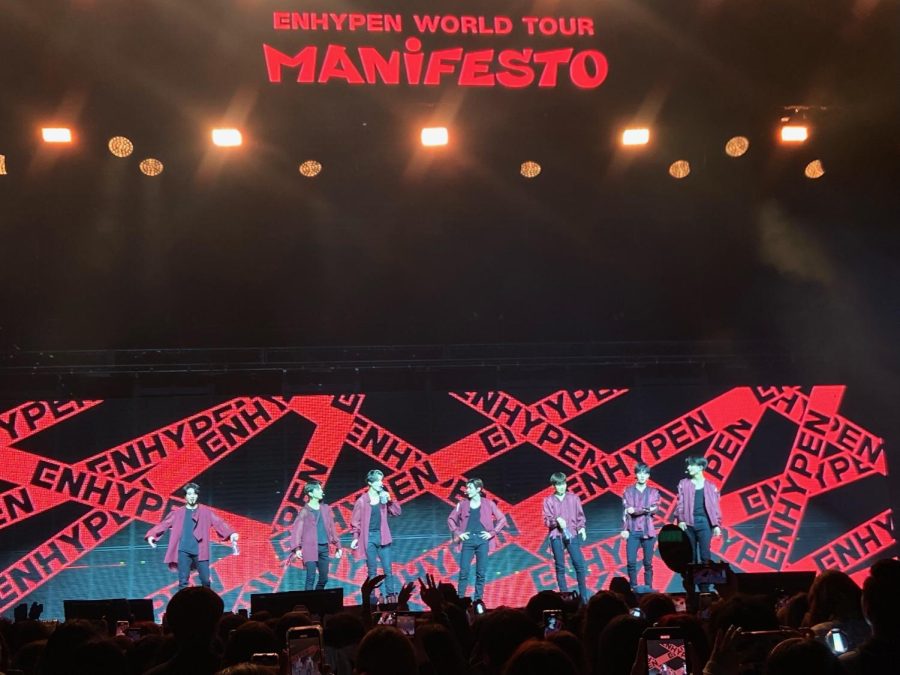

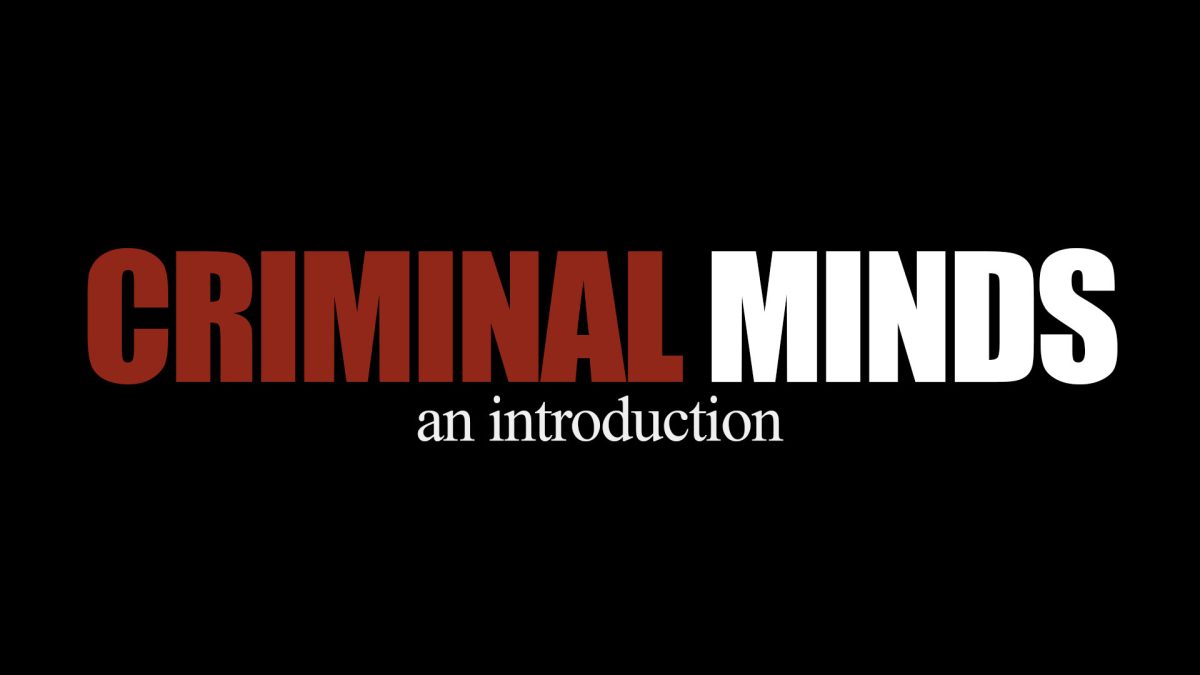
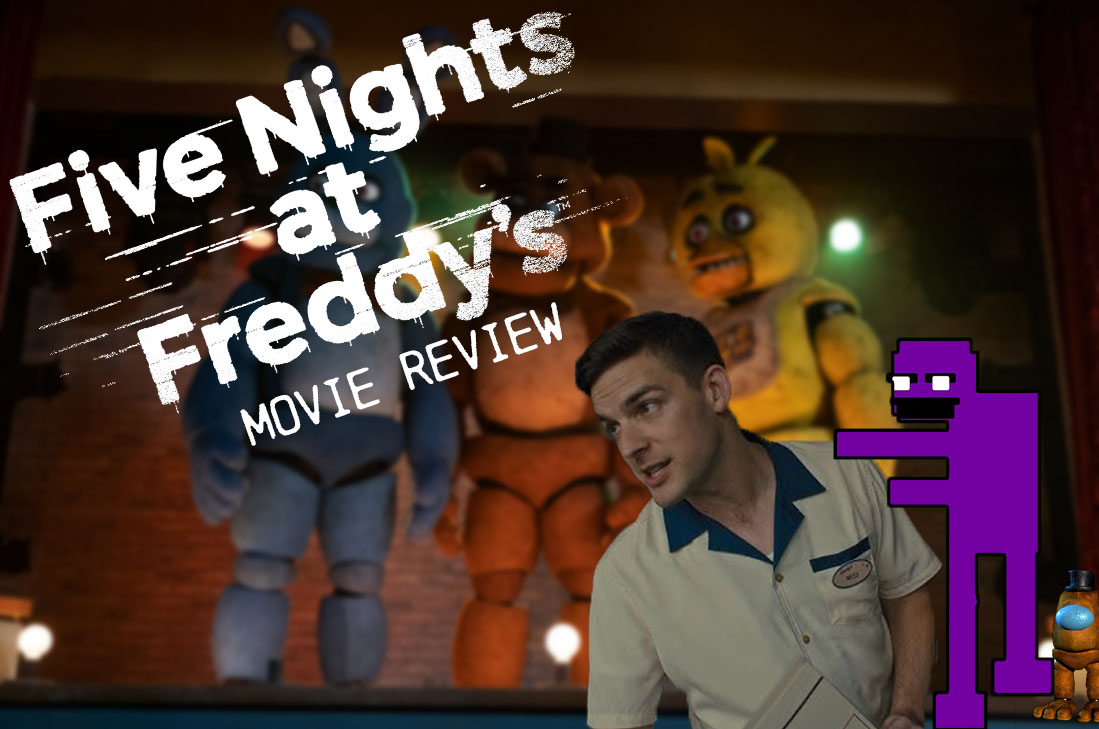



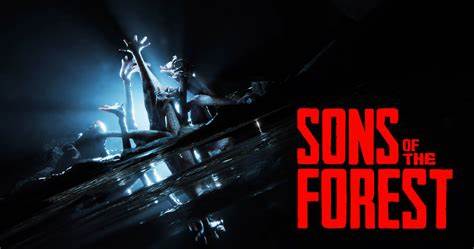
Salad Chef • May 8, 2013 at 11:40 am
An interesting discussion is worth comment. I feel that you should write extra on this topic, it may not be a taboo subject but typically persons are not enough to talk on such topics. To the next. Cheers